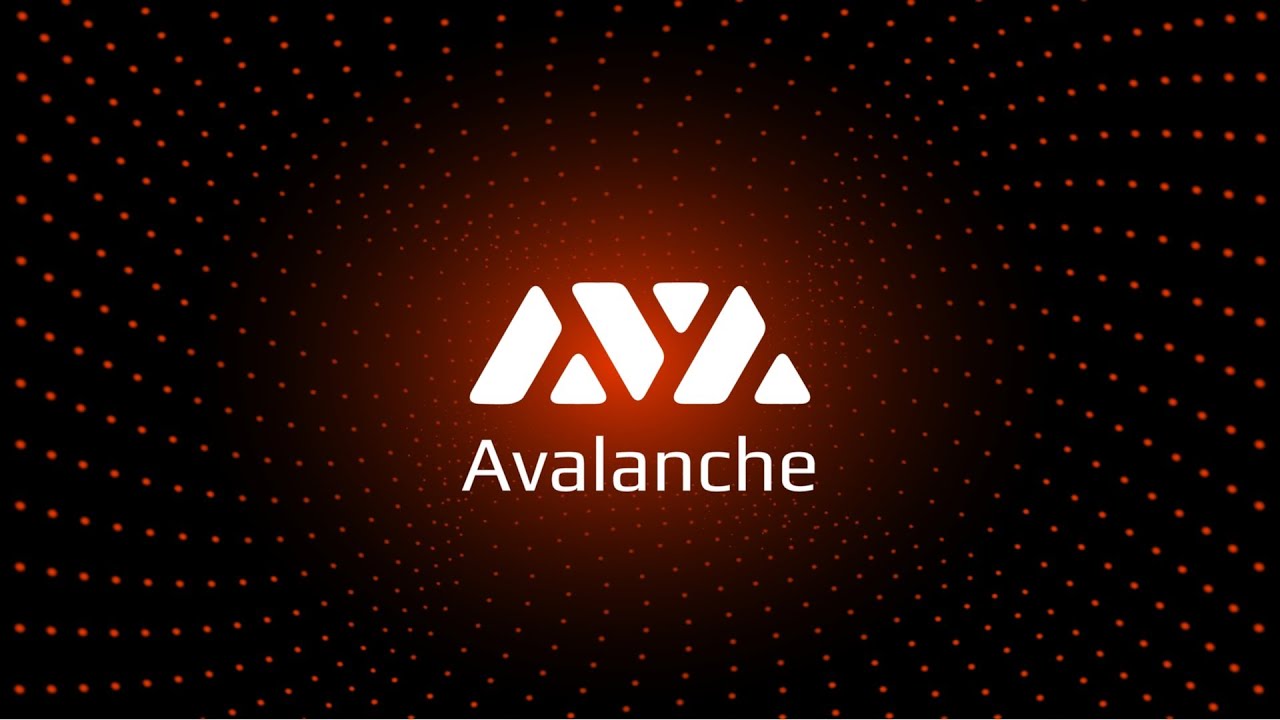Web3 is changing rapidly, and June 2025 was a key day in its integration with AI. More than $7.5 million in new money has gone into new Web3 AI projects, which has sparked interest in decentralized ecosystems. Simultaneously, major players in the market, such as Chainlink (LINK), are regaining momentum, and Avalanche (AVAX) is poised for a technical breakthrough. The convergence of these developments indicates a growing appetite for innovative concepts at the intersection of blockchain, AI, and decentralized finance (DeFi).
Decentralized AI Gains Momentum with Major Funding Boost
Web3 AI is on the rise, with over $7.5 million. Raised in June, the idea of artificial intelligence in Web3 has fast become a reality. Early-stage decentralized AI protocols received more than $7.5 million in June. This increase in investment made people even more confident that AI-powered dApps may change how decentralized systems work. The ISEK (Intelligent System of Emergent Knowledge) protocol is one of the primary beneficiaries of this influx of funding. This new project uses a reputation-based governance system and the native $ISEK token to let people and AI agents work together on the blockchain in six phases.

ISEK is not the only one. Paradigm Operations, a prominent crypto venture firm, sponsored a $50 million fundraising round for Nous Research, a decentralized AI lab that wants to make sophisticated AI capabilities available to everyone. With this money, Nous will be able to compete with companies like OpenAI and Anthropic, but in a decentralized way. The company’s dedication to open-source, distributed training and community-governed AI is a distinct break from the closed, centralized AI laboratories that are making news these days.
The main idea here is trust and control. As people worry more and more about AI’s alignment and possible misuse, Web3-based AI frameworks offer openness, shared ownership, and cryptographic proof. Investors are paying attention, and the money raised in June is just the start of what could become a multibillion-dollar industry in the following years.
Chainlink’s Rising Adoption and Institutional Confidence in DeFi
As Web3 AI grows, Chainlink (LINK), the most crucial decentralized oracle network, keeps building on its role as the backbone of the DeFi architecture. In June, both LINK’s on-chain activity and market interest rose. A significant event that sparked discussions about potential partnerships with regulators or the government involved a secret meeting between U.S. politicians and Chainlink’s leadership.
Blockchain intelligence systems like Santiment say that wallets with between 10,000 and 10 million LINK have expanded their holdings a lot, and they currently control about 44% of the overall supply. This increase in whale activity usually comes before significant changes in the market and shows that institutional investors are becoming more confident.
Chainlink has also made technological improvements, including making more use of DECO, a privacy-preserving oracle protocol that uses zero-knowledge proofs. This technique lets smart contracts check real-world data (such as KYC information or financial statements) without giving out private information. This is a big deal for businesses that want to use Web3 services.
From a price action perspective, LINK has bounced back from its lows in the first quarter and is now trading with a positive bias. If present adoption trends continue, especially in areas like tokenized real-world assets (RWAs) and decentralized insurance protocols, analysts think LINK might reach average yearly highs of $23.91 and maybe even $28.69.
Avalanche (AVAX) Poised for Growth Amid Technical Strength
June has also been good to Avalanche (AVAX), a high-throughput Layer-1 blockchain that is built for scalability and institutional-grade dApp deployment. AVAX has shown strong technical strength in the last few weeks, holding key support levels while building up volume around important resistance levels. Analysts say that a breakout is about to happen, with price targets between $30 and $32.88 by the third quarter of 2025.
 Avalanche is interesting because of its unique subnet design, which lets developers create their own blockchains with their own rules, validators, and fee structures. This versatility makes it ideal for enterprise apps, gaming ecosystems, and DeFi networks that want high performance without the problems that come with Ethereum’s congestion.
Avalanche is interesting because of its unique subnet design, which lets developers create their own blockchains with their own rules, validators, and fee structures. This versatility makes it ideal for enterprise apps, gaming ecosystems, and DeFi networks that want high performance without the problems that come with Ethereum’s congestion.
Avalanche’s native consensus system also lets transactions be final almost instantly, which is another reason why developers who care about user experience would like it. AVAX is in a favorable position to expand even more because more and more projects are moving to or working with Avalanche. This tranche of funding includes projects in the gaming and AI industries.
Final thoughts
The changes that happened in June 2025 show that the Blockchain ecosystem is going through a bigger upheaval. Artificial intelligence is no longer a vague idea; it is now a working part of on-chain coordination, economic incentive systems, and autonomous dApps. At the same time, basic infrastructures like Chainlink and Avalanche are changing to enable AI-enhanced operations by adding secure oracles, data feeds, and environments that can grow to handle more work.
This synthesis makes it possible for decentralized autonomous organizations (DAOs) with built-in AI decision-making, self-improving financial systems, and even AI-controlled supply chains, all of which are confirmed and enforced through cryptographic consensus. Web3 AI isn’t just a fad; it’s becoming the way that the future generation of internet-based organizations will work.

